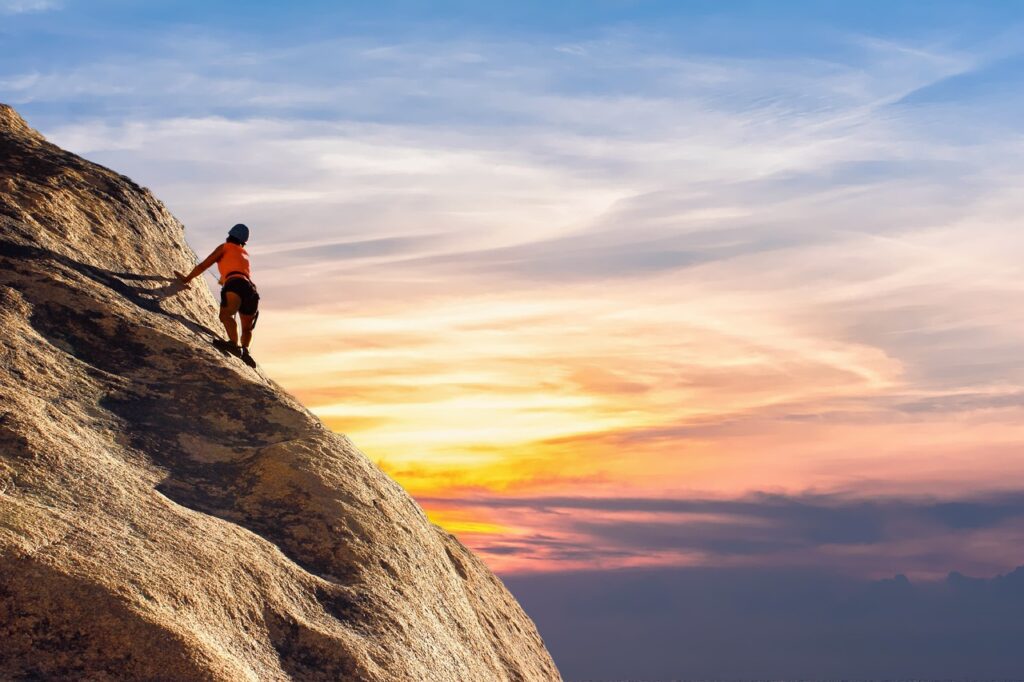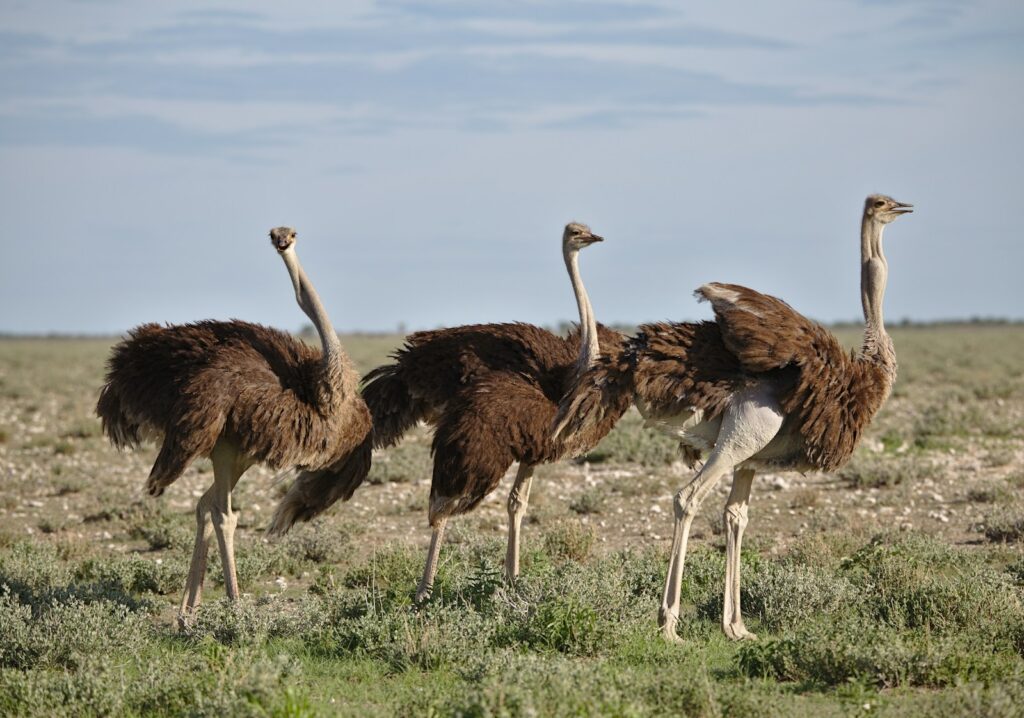How Today’s Songbirds Carry Ancient Dino DNA
The melodious trill of a robin at dawn or the complex song of a nightingale may seem worlds away from the fearsome roar of a Tyrannosaurus rex, yet these delicate creatures carry within them the genetic legacy of their prehistoric ancestors. Modern birds, particularly songbirds, represent the last living descendants of dinosaurs, specifically theropods—the group ...












